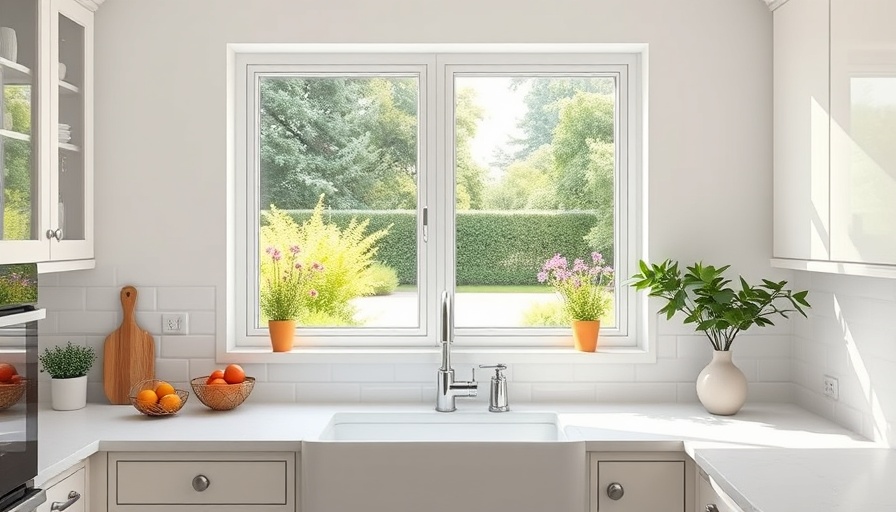
The Timeless Appeal of a Window Over Your Kitchen Sink
For many homeowners, positioning the kitchen sink under a window offers more than just practicality; it can transform the culinary experience into something more enjoyable and aesthetically appealing. This layout remains a popular choice in kitchen design, providing both natural light and a direct view of the outdoors. But, what exactly makes having a window above the sink so desirable?
Benefits of Natural Light and Ventilation
One of the foremost advantages of placing a window above the sink is the infusion of natural light. According to Casey Ridley, a kitchen design expert, "A window makes the space brighter and more inviting." During mundane tasks like washing dishes, the view outside can enhance the experience and reduce the feeling of isolation in the kitchen. The light pouring in also helps in better visibility, ensuring meticulous cleaning and an overall brighter work area.
Additionally, windows over sinks improve kitchen ventilation. They allow for the quick expulsion of cooking odors and moisture, thus maintaining a fresher atmosphere within the home. This dual functionality, both as a light source and a ventilation point, emphasizes why this design choice is often favored.
Practical Considerations for Design
However, not every kitchen layout is conducive to having a window above the sink. In smaller galley kitchens, storage is a primary concern. With a window taking up valuable wall space, homeowners often find themselves limited in cabinetry options, which can hinder efficient storage solutions. It remains essential to carefully evaluate how the window's placement can affect overall design and functionality.
Leigh Herr, an interior designer, notes, "Putting the window over a sink works best in kitchens where the range is on the opposite side of the sink, helping to create an effective work triangle." This triangle not only improves workflow but also makes sure all essential kitchen activities are comfortably within reach.
Maintenance and Aesthetic Challenges
While the beauty of a sink with a view is clear, it does bring some challenges. A major concern is the maintenance involved; the area around the sink can become splashed with water frequently, leading to more dirty spots on the window and surrounding surfaces. Hence, opting for easily cleanable materials, like tiled backsplashes, can be beneficial.
Brian Quick from Anderson Windows emphasizes choosing moisture-resistant materials for window treatments, such as vinyl blinds or roller shades. These not only enhance the aesthetics of the kitchen but also ensure durability against the splashes and moisture typical of a wet zone.
Making the Most of Your Space
For homeowners considering a window above the sink, careful planning is fundamental. If you envision a classic look, aligning the sink directly under the window creates a symmetrical and balanced appeal. In cases where that is not feasible, exploring options like open shelving or uniquely designed cabinetry can help reclaim lost storage.
Ultimately, the choice of positioning a window above the sink brings a blend of beauty, functionality, and practicality to kitchen design. With consideration given to layout, maintenance, and the overall aesthetic, homeowners can create a welcoming environment that enhances one of the most important spaces in their home.
Thinking about renovating your kitchen and want more design tips? Explore our range of kitchen solutions tailored to your specific needs!
 Add Row
Add Row  Add
Add 




Write A Comment